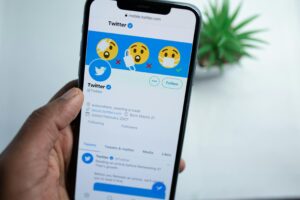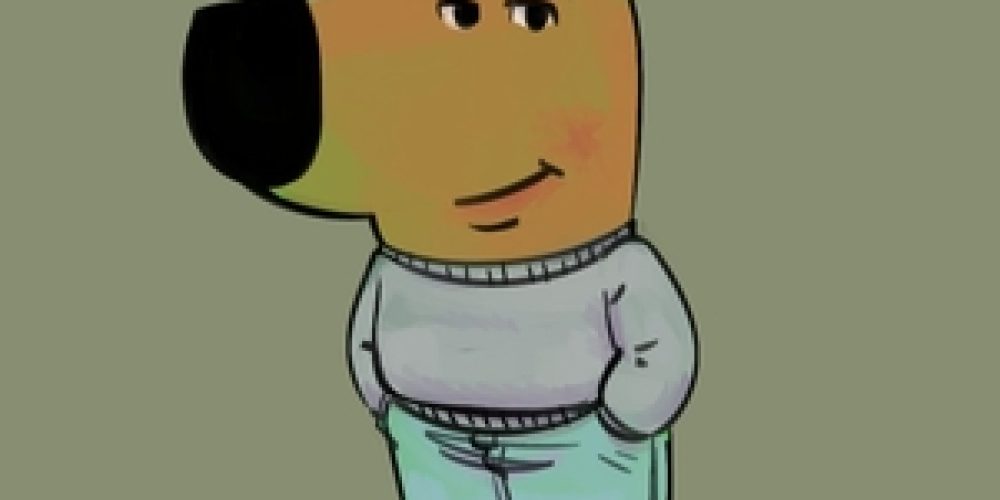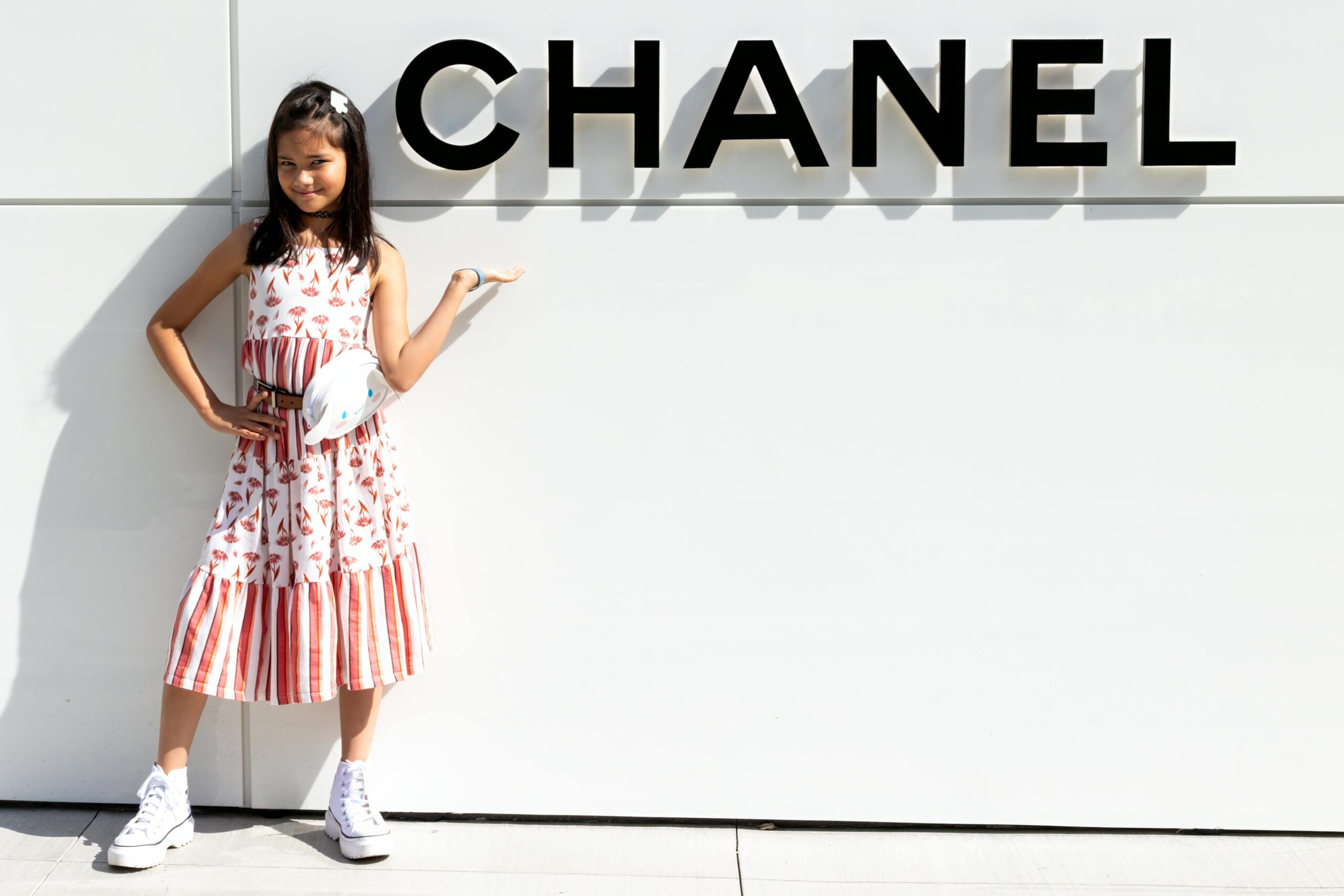Introduction
The recent copyright and trademark controversy surrounding the “Chill Guy” meme has sparked widespread discussions about intellectual property rights in the digital age. While the unauthorised usage of an artist’s work is certainly not a new issue in today’s internet landscape, the “Chill Guy” meme certainly proves an interesting case study on how artists can legally fight back against the blatant misuse of their artwork.
Who is this “Chill Guy”

The “Chill Guy” meme consists of a humanoid dog wearing a comfy-chic outfit of a grey sweater, blue jeans and red sneakers. Posing with a casual smirk on his face and hands in his pocket, the dog oozes nonchalance and emotional detachment.The artwork was created by Philip Banks in late 2023, and it gained popularity on social media platforms like Instagram and X (previously Twitter) in 2024. The artwork of the anthropomorphic dog was first posted on Banks’s Instagram on October 4th, 2023, with the caption “My new character. His whole deal is he’s a chill guy that lowkey doesn’t give a (expletive).” The mantra touted by the “Chill Guy” is to not take life so seriously, to view the glass half full. The artwork gained mainstream popularity in 2024, wherein it was used as a meme template, with the “Chill Guy” showcasing his “chill” outlook on various life circumstances, ranging from work stress to relationship drama. Thousands of reels and posts were uploaded online with humorous captions like “When she thinks you don’t care about her, but you’re just a chill guy who likes to be quiet”.
The Capitalisation of the “Chill Guy”

While most social media users utilised the “Chill Guy” meme in jest, this was not the case for large-scale corporations. Companies like Sprite Europe and sports organizations like the National Football League (NFL) have used the dog character in their promotional posts and marketing campaigns in order to leverage the meme’s virality and relatability. The “Chill Guy’s” simplicity and carefreeness makes him an every-man, a universalized symbol of the people. This allows any person or corporation to impose their brand onto the meme and use its popularity to advertise and thus, capitalize off of the art. The viral icon has also been featured in the cryptocurrency market through the Solana blockchain-based Chill Guy meme-coin. The value of the meme-coin has experienced exponential growth and reached peak market capitalization, since its debut on November 15th, 2024.
Separating the Art from the Artist

Philip Banks has denounced the usage of “Chill Guy” in furtherance of profit motivation. He took to X to announce that he had copyrighted the art and was issuing take-downs against those who used the art without permission. He further specified that while he did not mind the proliferation of brand accounts utilising the meme trend so long as due credit was awarded to him, he was staunchly against the unauthorised commercialisation of the same in the form of merchandise and cryptocurrency projects. Bank’s move to copyright his artwork is one in a long history of meme copyrighting.
Legal Precedent in Meme Copyrighting
 The “Success Kid” Meme- The meme featuring a toddler clenching his fist in triumph was first posted in 2007, and it went on to become a widely used meme to symbolize personal accomplishments. In 2015, the child’s mother, Laney Griner, sought to trademark the image for merchandise sales to fund her son’s college education. Recently, in September 2024, Griner was successful in her trademark infringement suit against the campaign committee of former Iowa Congressman Steve King who utilised the meme for their marketing and fundraising campaign without permission.
The “Success Kid” Meme- The meme featuring a toddler clenching his fist in triumph was first posted in 2007, and it went on to become a widely used meme to symbolize personal accomplishments. In 2015, the child’s mother, Laney Griner, sought to trademark the image for merchandise sales to fund her son’s college education. Recently, in September 2024, Griner was successful in her trademark infringement suit against the campaign committee of former Iowa Congressman Steve King who utilised the meme for their marketing and fundraising campaign without permission. The Doge Meme – The Doge meme, featuring the Shiba Inu named Kabosu, was first posted by the owner, Atsuko Sato, in 2010. Its popularity spread in 2013, leading to the creation of an iconic meme template that has been used in various projects from brand marketing to cryptocurrency. While Sato owned the copyright to the original image, a decentralized autonomous organization called Own the Doge declared that they had availed the exclusive licensing rights to the Doge image after negotiating with the owner for approximately three years. Since the commercial usage of the Doge image is now overseen by the organization, the intellectual property is protected against exploitation.
The Doge Meme – The Doge meme, featuring the Shiba Inu named Kabosu, was first posted by the owner, Atsuko Sato, in 2010. Its popularity spread in 2013, leading to the creation of an iconic meme template that has been used in various projects from brand marketing to cryptocurrency. While Sato owned the copyright to the original image, a decentralized autonomous organization called Own the Doge declared that they had availed the exclusive licensing rights to the Doge image after negotiating with the owner for approximately three years. Since the commercial usage of the Doge image is now overseen by the organization, the intellectual property is protected against exploitation.
Conclusion
Artists often struggle to retain ownership and control over their artwork once it has been posted on social media platforms, but Banks’s case shows that artists can rely on copyright laws to safeguard their intellectual property and stop it from being commercially exploited by large corporations. While some argue that copyrighting memes could lead to a stifling of the freedom of expression, others hold that it is important for artists to have rights over their own creations and that they cannot be separated from their art. This controversy highlights the need for better regulations and laws surrounding intellectual property rights as it pertains to digital creations which would strike a fine balance between respecting the audience’s interaction with the art whilst simultaneously upholding the artists’ integrity.





